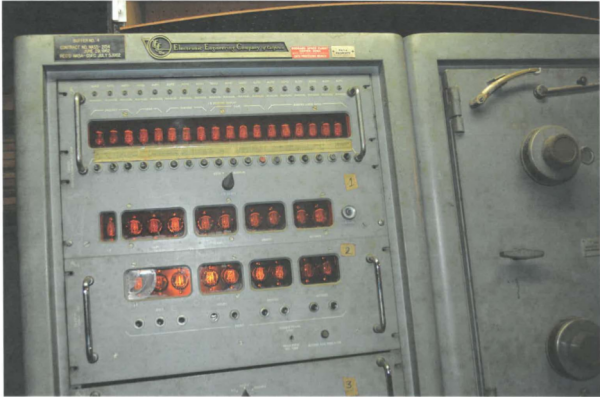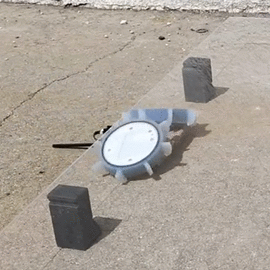The world’s first public installation of a solar roadway caught fire or something.
Hey hardware nerds in the UK! Nottingham is having its first monthly hardware meetup. This get together is being put together by [Spencer], creator of the extremely popular RC2014 Homebrew Z80 computer kit. The meetup is free, and it’s happening this Tuesday.
[danjovic] sent in a link to this YouTube channel of a guy building stuff out of PVC sheets and CA glue. There’s a lot of stuff in here from a PVC tripod to instructions on how to get PVC sheets out of PVC pipe. Small warning: this is PVC, and it will kill you instantly, for reasons we can’t yet determine. Additionally, he’s heating PVC, which means cancer for your yet-unborn great-grandchildren. How it both kills you while still allowing you to breed is beyond our comprehension. That’s how bad PVC really is.
NASA has updated their available software catalog. If you want to go to Saturn, you first have to go to Venus three times. Here’s a tool that packs batteries. You should build a router for the interplanetary Internet.
[jlbrian7] is Breaking Android over on Hackaday.io
Last week, we had a Raspberry Pi Hack Chat with [Roger Thornton], the principal hardware engineer at Raspberry Pi. We talked about the hardware that goes into the Raspberry Pi (and the new Pi Zero W), and gave away a few Pi Zero Ws to a few people on hackaday.io that had great ideas for a project. One of the winners of a free Raspberry Pi Zero W was [arsenijs] for his Raspberry Pi Project. This is a really great project that uses a Raspberry Pi and Raspberry Pi accessories. It’s pushing the envelope of what a Pi can be, and a free Raspberry Pi Zero W couldn’t have gone to a more worthy project.
What are you doing the weekend of March 31st? We’re going to New Jersey for the Vintage Computer Festival East. This is one of the better cons we go to. Maybe this year we’ll organize a trip to the pinball museum in Asbury Park.




 PUFFER — which stands for Pop-Up Flat-Folding Explorer Robot — is able to sense objects and adjust its profile accordingly by ‘folding’ itself into a smaller size to fit itself into nooks and crannies. It was designed so multiple PUFFERs could reside inside a larger craft and then be deployed to scout otherwise inaccessible terrain. Caves, lava tubes and shaded rock overhangs that could shelter organic material are prime candidates for exploration. The groups of PUFFERs will send the collected info back to the mother ship to be relayed to mother Earth.
PUFFER — which stands for Pop-Up Flat-Folding Explorer Robot — is able to sense objects and adjust its profile accordingly by ‘folding’ itself into a smaller size to fit itself into nooks and crannies. It was designed so multiple PUFFERs could reside inside a larger craft and then be deployed to scout otherwise inaccessible terrain. Caves, lava tubes and shaded rock overhangs that could shelter organic material are prime candidates for exploration. The groups of PUFFERs will send the collected info back to the mother ship to be relayed to mother Earth.












